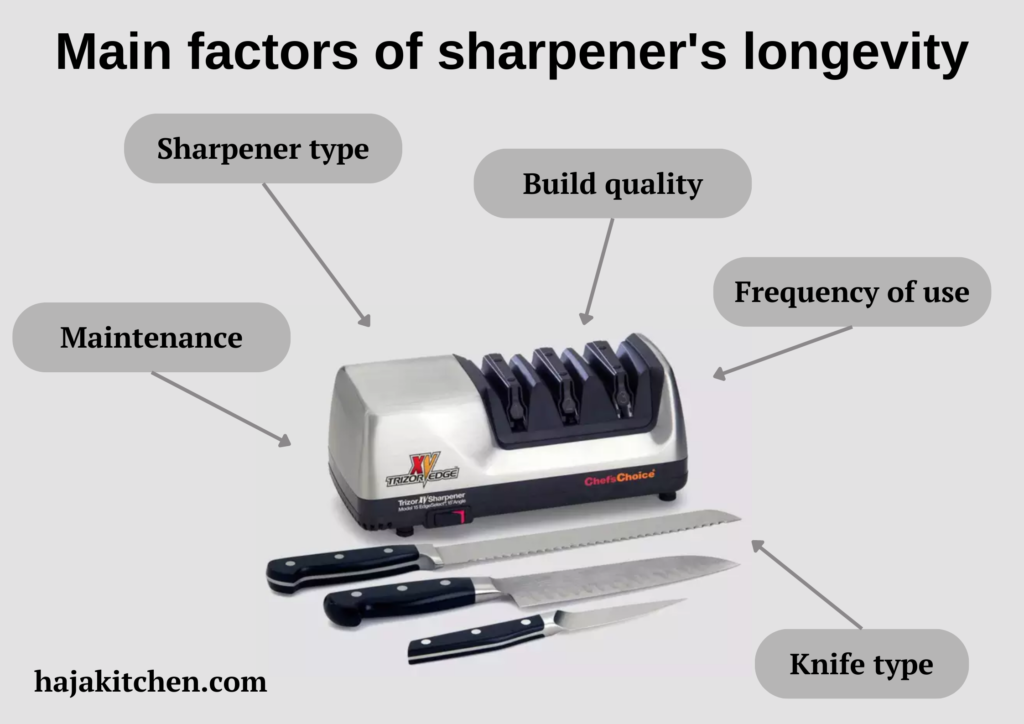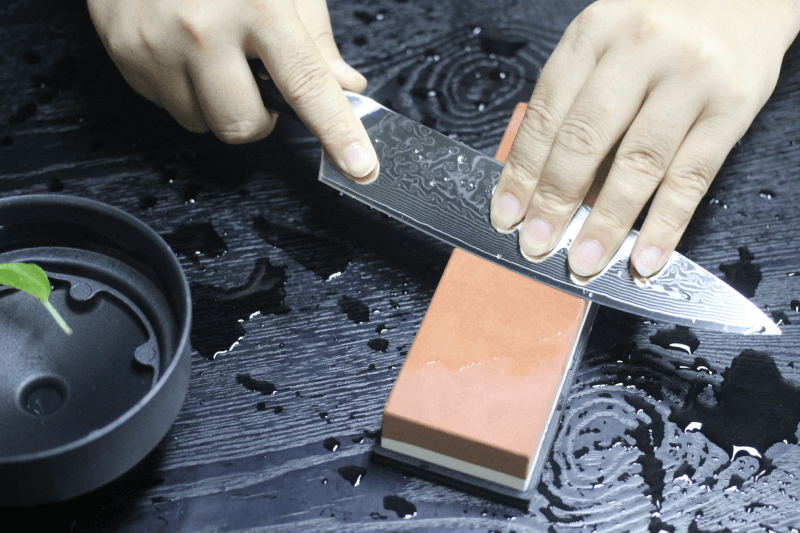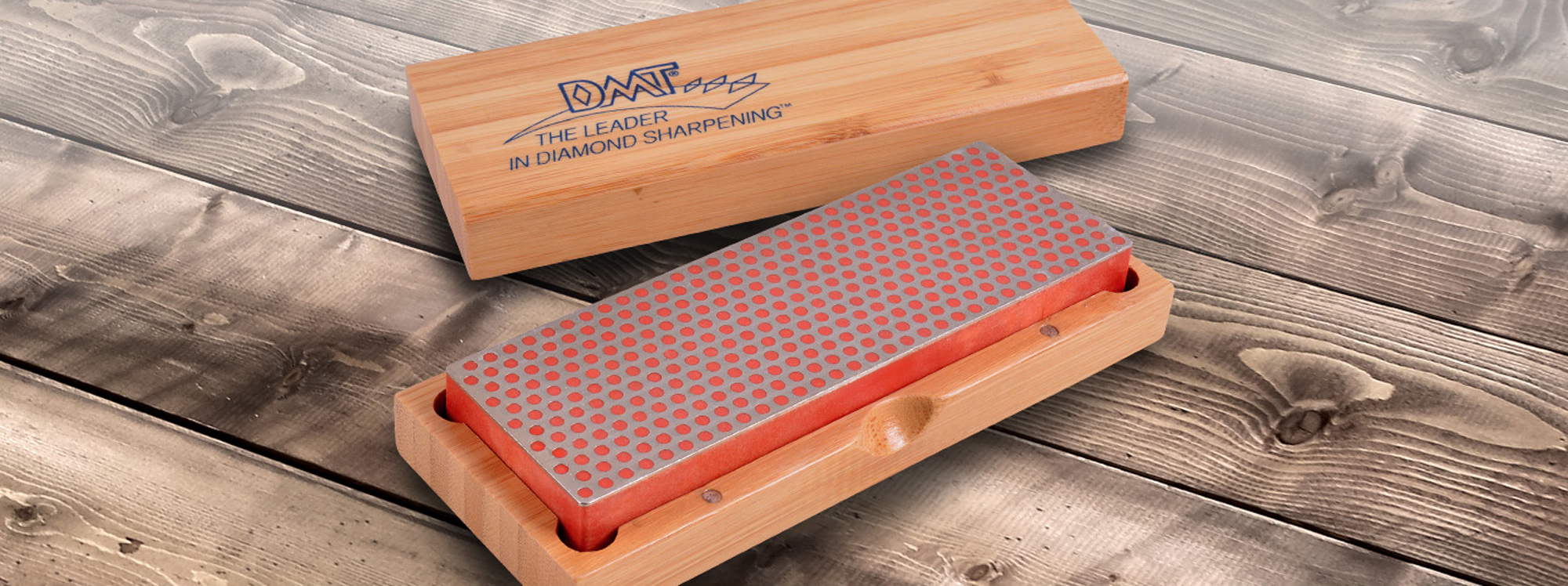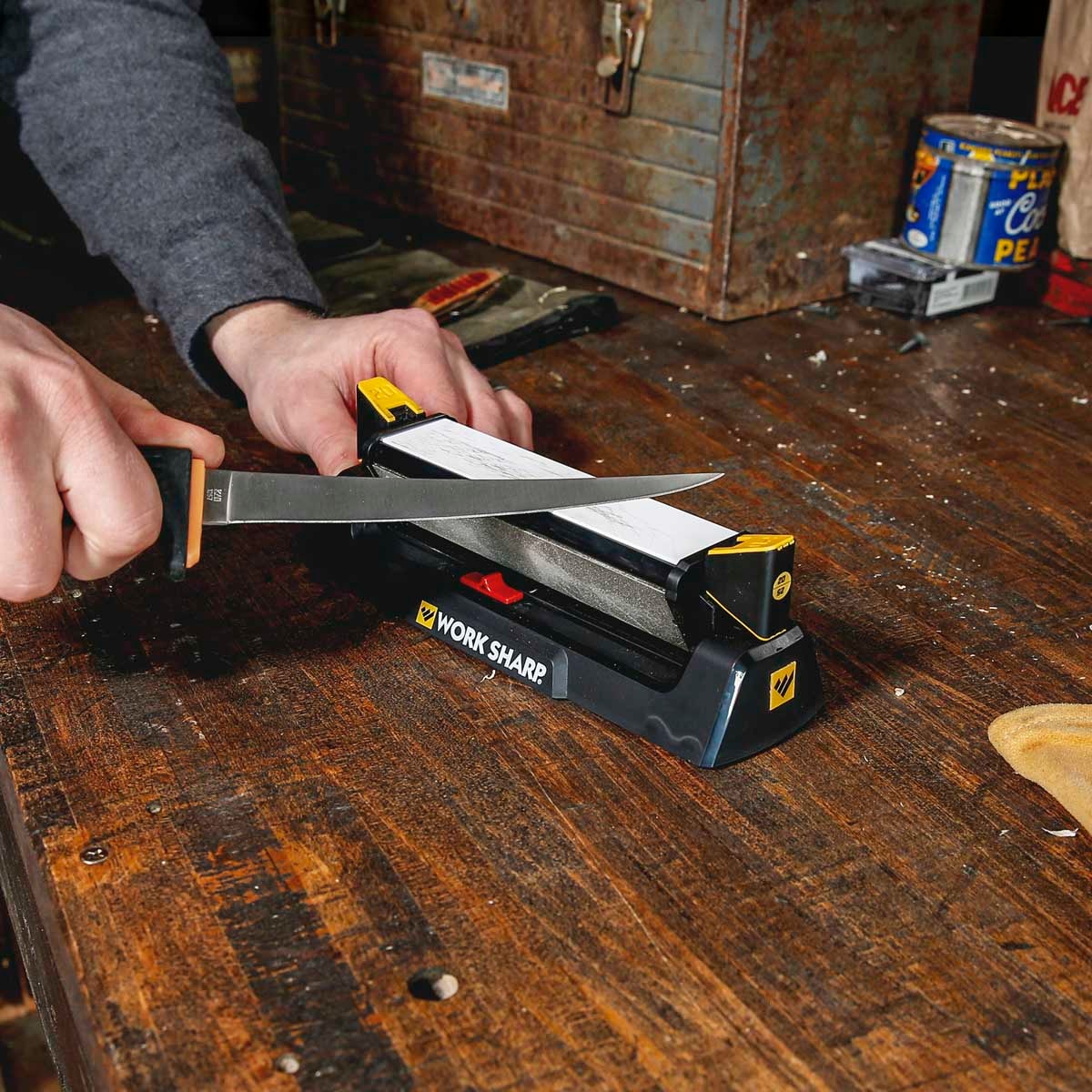Ensuring your knives retain their sharpness is essential in every kitchen, and it takes many sharpening cycles before your knife reaches the point of wearing out, which is especially true for expensive knives.
But do knife sharpeners wear out, too? If so, what affects the process the most? Let’s discover effective methods to rejuvenate your knives’ cutting edge and prolong the lifespan of your sharpener.
The lifespan of a knife sharpener

The longevity of sharpener types, including all ranges of them from electric knife sharpeners to handheld sharpeners, depends on factors such as quality, usage frequency, and maintenance.
High-quality knife sharpeners, like top-notch electric knife sharpener models or a simple pull-through sharpener, keep your knives sharpened for many years with simple and adequate maintenance. But basic sharpening stone tools rule above them all in terms of longevity.
Regular cleaning, lubrication, and following manufacturer guidelines are enough measures to max up any tool’s life.
Main factors of sharpener’s longevity

Sharpener type. Different knife sharpeners wear at different rates. Electric ones may experience wear over time due to their motorized components, while traditional manual tools are generally durable. Consider the durability factor and the actual need for a mechanical or electric sharpener based on your knife blade collection.
Frequency of use. Sharpening knives requires regularity, which directly wears out a sharpener, so choose a durable one.
Knife type. Specific knife types, such as serrated knives, have unique blade shapes requiring a specialized knife sharpener. If a sharpener and a knife are not a match, it may harm both.
The risks of destroying an expensive knife may concern you more than ruining a cheap knife’s edge but consider your sharpener, too.
Also, sharpeners suffer from improper techniques like wrong angles or force during sharpening.
Maintenance. Proper care keeps your traditional or electric knife sharpeners in good condition. Regularly clean the sharpening surfaces and lubricate the moving parts as recommended.
Build quality. Opt for well-built sharpeners made from durable materials and engineered with precision.
Knife sharpener types: top 12 ranked by longevity
A knife sharpener is expected to last for years, and most of them do so without any problems. Let’s look further at the top 12 knife sharpener types listed by durability, seeing what each type offers in terms of time to be served in normal conditions.
- Sharpening stones – 10+ years
- Whetstones – 5-10 years
- Diamond sharpening stones – 5-10 years
- Ceramic sharpening rods – 5-10 years
- Sharpening steels – 3-5 years
- Electric sharpeners – 3-5 years
- Guided sharpening systems – 3-5 years
- Pull-through knife sharpener tools – 2-3 years
- Honing rods (honing steels) – 2-3 years
- Serrated knife sharpeners – 1-2 years
- Freehand sharpening tools – 1-2 years
- Sharpening jigs – 1-2 years
How to prolong the life of knife sharpeners
While the lifespans of different knife-sharpening tools vary significantly, a couple of common rules apply to all of them (with minor nuances).
First, it’s regular cleaning after each use. Note that not every knife sharpener requires the same cleaning routine – some are a little trickier than others.
Second, all sharpeners require dry storage to avoid, depending on the sharpener’s nature: rust, corrosion, dulling, warping, or mold.
Now, let’s see what each sharpener type requires for maximum durability.
Sharpening stones

A sharpening stone tool can easily last for about a decade. To maximize its life, avoid dropping or mishandling the stones to prevent cracking or breakage, and they will easily serve you for about a decade. Using a brush or cloth to wipe away the debris is usually enough.
Whetstones

Whetstones wear almost as slowly as the above knife-sharpening stones, but they have their own unique characteristics and thus require specific care.
This type of sharpening stone uses water for lubrication and suffers if it’s not sufficient. To create the needed lubricating surface, before you try to use the whetstone, soak it in water for long enough.
Apply gentle pressure, and maintain consistent sharpening angles. Clean them with water and a soft brush.
Diamond sharpening stones

Diamond knife sharpeners keep your knife sharp for up to 10 years, especially if you use very light pressure. The worst thing here is excessive force and grinding motions – this combination is a guarantee to uneven wear.
Ceramic sharpening rods

To prolong an already long 5-10 year long life expectancy of your ceramic sharpening rod (otherwise known as a ceramic honing rod), handle it with care and avoid dropping or rough handling.
Remember to use gentle and controlled strokes when honing your blade’s edge with ceramic sharpening steels to avoid excessive wear.
Sharpening steels

Steels are knife-sharpening essentials, but they are not immune to quick wear if you do not stick with the right technique. Use the correct force and pressure while making your knife sharp, and you will be able to use your sharpening steel for up to 5 years.
Electric knife sharpeners
:max_bytes(150000):strip_icc()/knife-sharpeners-test-chefs-choice-professional-electric-10-rkilgore-0463-071bb431ffa74ea5b1f8c4d7f6bbbcef.jpg)
Generally lasting from 3 to 5 years, an electric knife sharpener is for those who need a consistent and efficient way to maintain a sharp knife. But since they are electric tools and tend to break abruptly, taking care of electric sharpeners must be just as consistent.
Avoid overloading the electric sharpener with excessive pressure or force, as it can cause wear out the mechanism. Debris or metal shavings can harm its performance both at the moment and long term.
Guided sharpening systems

Lasting on average 3-5 years, guided sharpening systems don’t like excessive pressure during sharpening. They also require regular cleaning of all parts, from stones to rods and rails.
Pull-through knife sharpener use

Pull-through sharpeners are a convenient way to restore the edge of a dull knife, but a pull-through knife sharpener is a somewhat fragile thing and can wear rapidly in certain conditions.
To maximize the longevity of a pull-through sharpener, always handle them with care and avoid excessive force. Regularly clean the sharpening slots to prevent debris buildup, and replace worn or damaged sharpening elements as needed.
With an expected minimum lifespan of 2 years, neglected pull-through sharpeners wear about 30% faster.
Honing rods

Honing maintains a sharp knife without cutting off the metal from it like sharpening does, and with honing steel applied between bigger sharpening sessions, knives last longer.
Honing steel rods are expected to endure up to 3 years of regular use. However, it’s easy to ruin honing steels with too much pressure, wrong angle, or inadequate stroke technique.
Avoid these mistakes, handle your honing steel tool with care, and do not forget to clean a honing rod each time, going through rinsing it with water, brushing, and thorough drying to prevent corrosion and even rust.
Serrated knife sharpeners

There is no way to sharpen serrated knives without sharpening tools designed specifically for serrated knife blades, like a serrated sharpener with a tapered honing rod or triangular file.
Regularly clean the serration notches of your sharpening tool to remove any metal shavings or debris, as dirty serrations simply won’t fit into the grooves of a serrated blade.
Freehand sharpening tools

Any freehand sharpener, from handheld knife sharpeners and stones to sandpaper, offers unmatched manual control at maintaining a razor-sharp edge of your knife.
But their main advantage is also their weakness: it is easy to harm a handheld knife sharpener or any other freehand tool by applying too much pressure during sharpening, leading to premature wear and damage.
Additionally, a dry and protected storage place is an absolute must. Moisture and sandpaper, for example, should never go together.
Sharpening jigs

Jigs are very reliable tools for owners of asymmetric blades, and they provide consistent sharpening results. There’s nothing much you can do to make them last longer beyond handling them with care and ensuring proper storage.
Conclusion
In the world of culinary excellence where a sharp knife plays a starring role, maintaining its sharpness is vital. But to take care of the knife, your knife sharpener must as well not be neglected.
With proper care, it will be your trusted companion to never leave you one-on-one with a dull knife, for years ensuring sharpening knives with excellence and ease.
FAQs
Why do knife sharpeners not work?
Any type of knife sharpener may fail due to various factors. Quality, technique, and blade condition play crucial roles. Ensure you use the right sharpener for your knife type, employ proper technique, and assess blade dullness.
Avoid using worn-out or ineffective sharpeners. Success lies in selecting the right tool, mastering technique, and maintaining blade quality.
Do knife sharpeners ruin knives?
A knife sharpener can damage the blade if used carelessly.
For example, pull-through knife sharpeners may remove metal unevenly, at the wrong angle, compromising the blade’s integrity, and an electric knife sharpener might remove too much metal, altering the blade’s shape for the worse.
Do Chef’s Choice sharpeners wear out?
Yes, Chef’s Choice sharpeners can wear out, and their longevity depends on factors such as frequency of use, maintenance, and the specific model. Following the manufacturer’s guidelines, proper care, and timely replacement of worn components can extend their time of service.
Do knives get too old to sharpen?
Knives are never too old to be sharpened, and it’s always possible to restore their edges’ sharpness. However, the condition and quality of the knife will play a role in it. If you’re unsure, seek advice from professional services.

